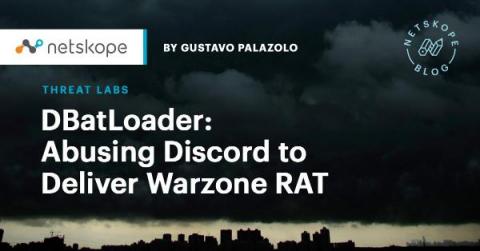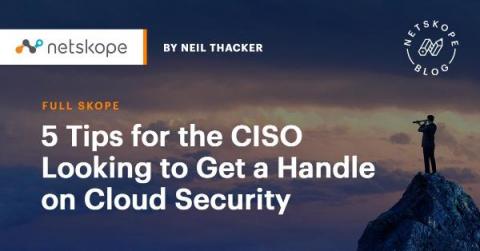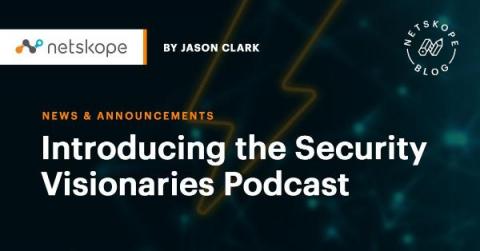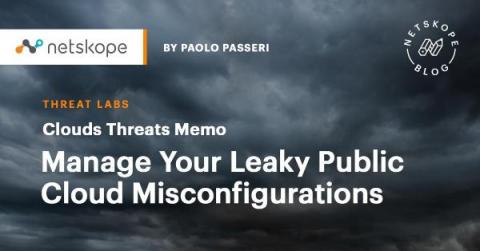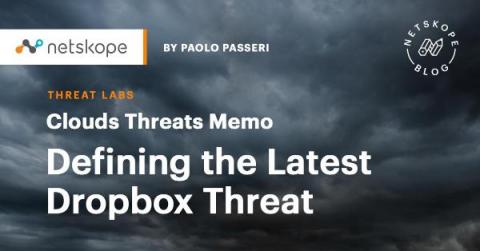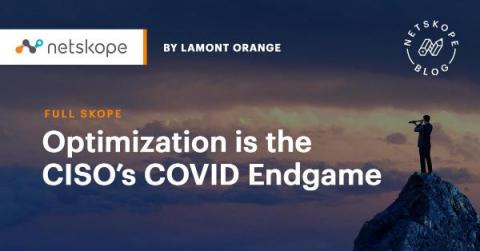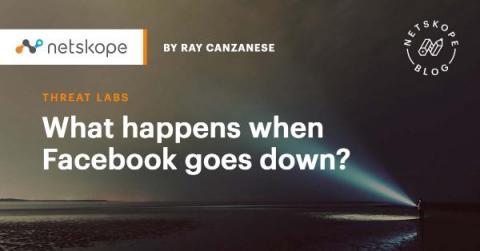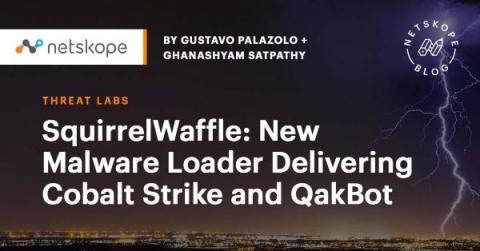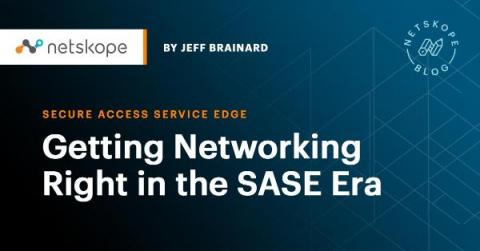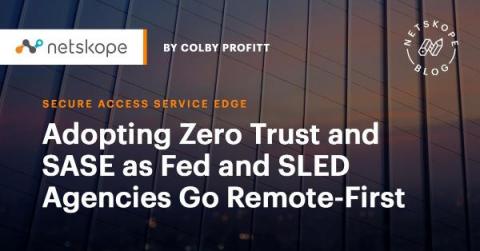DBatLoader: Abusing Discord to Deliver Warzone RAT
67% of the malware downloads Netskope blocks come from popular cloud applications being abused by attackers. One of the services commonly abused by threat actors is Discord, which is abused to host malware such as TroubleGrabber using public attachment URLs. In this blog post, we will analyze a recent DBatLoader (a.k.a. ModiLoader) sample that uses this technique on Discord to deliver a malware known as Warzone (a.k.a. Ave Maria), a Remote Access Trojan created in 2018.


